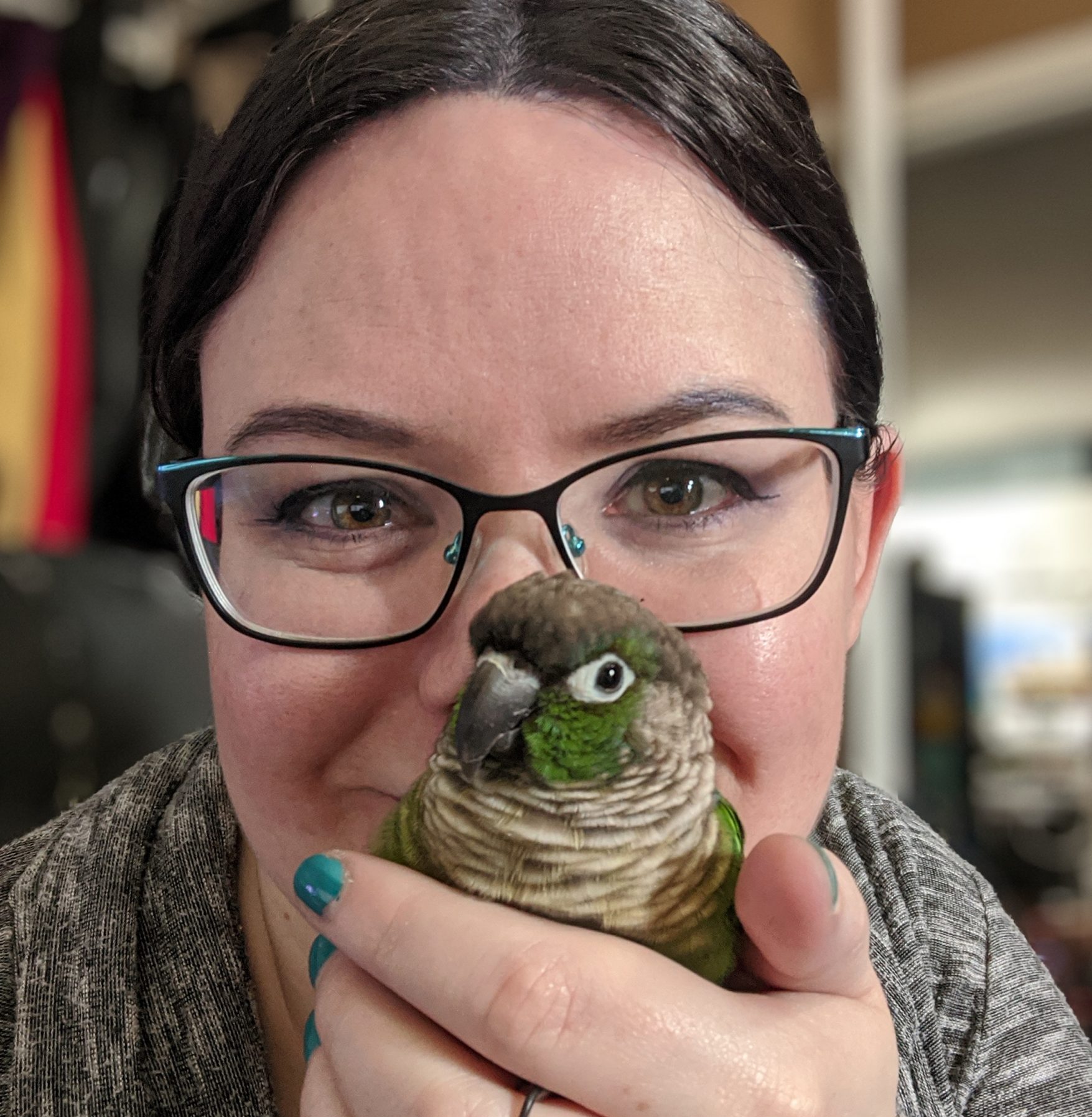Discrimination of acoustically similar conspecific and heterospecific vocalizations by black-capped chickadees (𝘗𝘰𝘦𝘤𝘪𝘭𝘦 𝘢𝘵𝘳𝘪𝘤𝘢𝘱𝘪𝘭𝘭𝘶𝘴)
Abstract
Chickadees produce a multi-note chick-a-dee call in multiple socially relevant contexts. One component of this call is the D note, which is a low-frequency and acoustically complex note with a harmonic-like structure. In the current study, we tested black-capped chickadees on a between-category operant discrimination task using vocalizations with acoustic structures similar to black-capped chickadee D notes, but produced by various songbird species, in order to examine the role that phylogenetic distance plays in acoustic perception of vocal signals. We assessed the extent to which discrimination performance was influenced by the phylogenetic relatedness among the species producing the vocalizations and by the phylogenetic relatedness between the subjects’ species (black-capped chickadees) and the vocalizers’ species. We also conducted a bioacoustic analysis and discriminant function analysis in order to examine the acoustic similarities among the discrimination stimuli. A previous study has shown that neural activation in black-capped chickadee auditory and perceptual brain regions is similar following the presentation of these vocalization categories. However, we found that chickadees had difficulty discriminating between forward and reversed black-capped chickadee D notes, a result that directly corresponded to the bioacoustic analysis indicating that these stimulus categories were acoustically similar. In addition, our results suggest that the discrimination between vocalizations produced by two parid species (chestnut-backed chickadees and tufted titmice) is perceptually difficult for black-capped chickadees, a finding that is likely in part because these vocalizations contain acoustic similarities. Overall, our results provide evidence that black-capped chickadees’ perceptual abilities are influenced by both phylogenetic relatedness and acoustic structure.


Leave a Reply